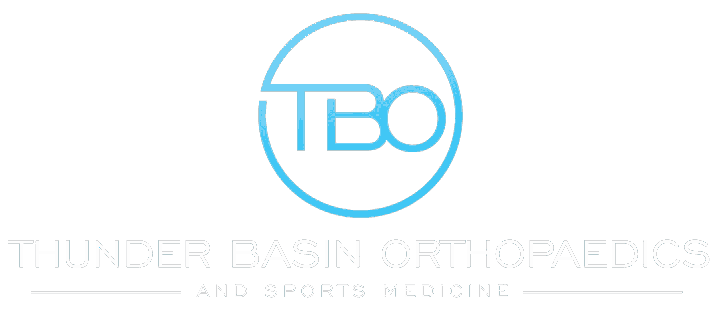One of the most common types of joint injuries is a cartilage tear, which can be quite painful, and can heavily impact your day to day life. The severity of the injury can vary depending on several factors, including the location of the tear and its size.
The most common place for a cartilage tear to occur is in the knee, which involves an area called the meniscus. However, shoulder, hip, ankle, and elbow joints are also common locations for joint injuries.
We know how important it is to get back to your normal routine after experiencing an injury. To help you better understand and prepare for what potentially lies ahead for you, we will go over some of the treatment options available.
Contents
Five Torn Cartilage Treatment Options
Your doctor may consider several different treatment options when choosing the proper treatment plan for a cartilage tear. Again, what is best for you will depend on the factors listed above and your age, weight, activity level, and joint condition. Always defer to your doctor’s recommendation when it comes to treating an injury.
Remember, if left untreated, serious complications can arise. For example, if a weight-bearing joint is injured and not treated properly, you could lose your ability to walk. In addition, further complications usually result in increased pain and difficulty articulating that joint.
#1: R.I.C.E.
If you have a minor case of torn cartilage, your doctor may recommend the RICE (rest, ice, compression, and elevation) treatment method. Usually, doctors recommend you follow this treatment for at least a day or two, possibly longer, depending on how severe the injury is.
Depending on the severity, your doctor may also recommend using crutches to avoid putting weight on the injured joint. Most tears take at least three weeks to heal.
#2: Pain Medication
If you’re experiencing pain, your doctor may recommend that you take over-the-counter pain medication, which can help ease any discomfort you may be feeling. Typical pain medications that doctors recommend for pain include acetaminophen and aspirin.
If you’re looking to treat swelling associated with the tear, pain medications with anti-inflammatory properties are recommended, like ibuprofen and naproxen. Remember, pain medications do not treat the underlying tear, and are usually recommended in tandem with other treatments.
#3: Physical Therapy and Lifestyle Changes
If the above treatment method does not help, your doctor may recommend physical therapy to treat your injury. Your physical therapist may recommend at-home exercises and lifestyle changes you can make that will help heal your injury and improve your overall health.
Some of the exercises a physical therapist may recommend range from gentle stretches to help your joint retain flexibility and range of motion to aerobic and endurance exercises, as well as strengthening exercises that will build up the muscles around your joints.
#4: Steroid Injections
Another treatment option your doctor may consider to help decrease inflammation and pain in the injured joint is steroid injections, also known as cortisone shots. However, it’s important to note that these shots do not heal the tear on their own.
If the injured joint involves the meniscus and is repairable, your doctor may discourage a steroid injection because it can impair the cartilage’s healing process.
In addition, there is some concern within the medical community regarding steroid injections damaging cartilage if performed too often, so doctors usually only allow a certain number of shots in the joint. The general rule of thumb is that cortisone shots be given no less than six weeks apart and usually no more than three to four times per year.
#5: Surgery
If your doctor decides that surgery is required to repair torn cartilage, several different surgery options are available. The option your doctor chooses for you will depend on several factors, including your age, activity level, the size of the tear and its location in the body, and how long ago the injury took place.
The most common surgery used to treat a cartilage tear is arthroscopic surgery, especially if your tear involves the meniscus. This is a minimally invasive surgery, which involves less trauma to the tissue and is performed with small, specialized tools that can locate and operate on the tear with no damage to the surrounding tissues. Arthroscopic surgery also has a shorter healing time, which means a quicker return to your regular routine.
Talk to Thunder Basin Orthopaedics Today
We understand how important it is for you to get back on your feet after experiencing an activity-related injury. Our experienced and knowledgeable orthopedic physicians at Thunder Basin Orthopaedics and Sports Medicine are here to help you get back in the game by providing you with top-notch medical care.
Our board-certified doctors offer services to active and athletic people of all ages. We offer surgical and non-surgical treatment options for sports-related injuries, ranging from injuries due to overuse, torn ACL, sprains, torn cartilage, and more.
Though we specialize in diagnosing and treating sports-related injuries, our primary focus is on injury prevention. We want to help our sports patients perform at their best while taking care of their bodies.
If you are currently dealing with torn cartilage or another sports injury, we are here to help you. Make an appointment today at Thunder Basin Orthopaedics and Sports Medicine, or contact us with questions you may have. We are here to help you perform at your best.


